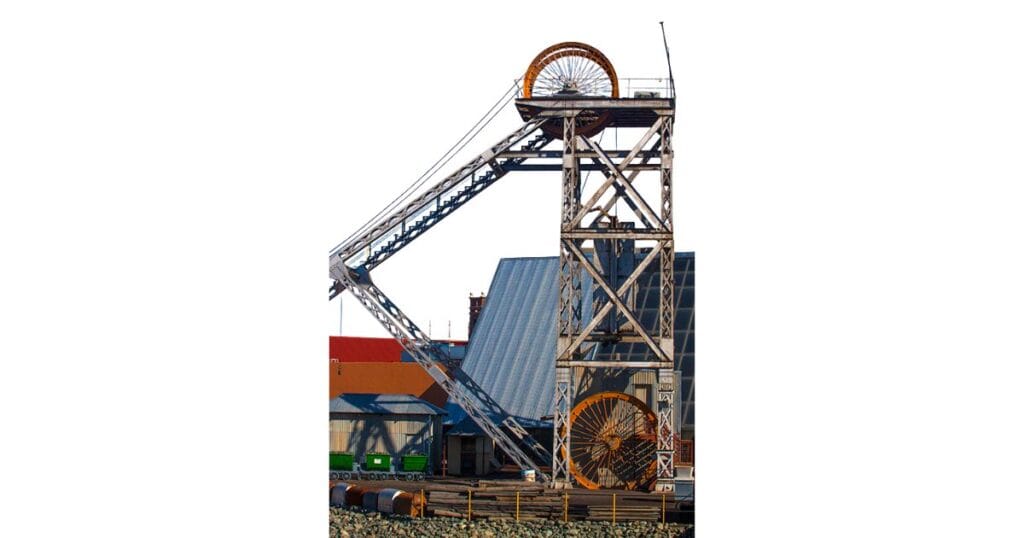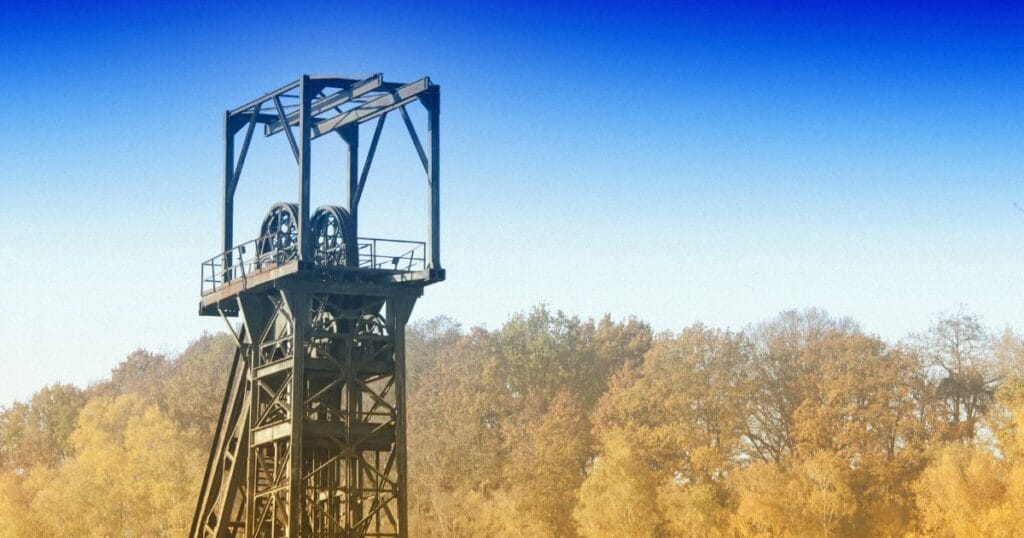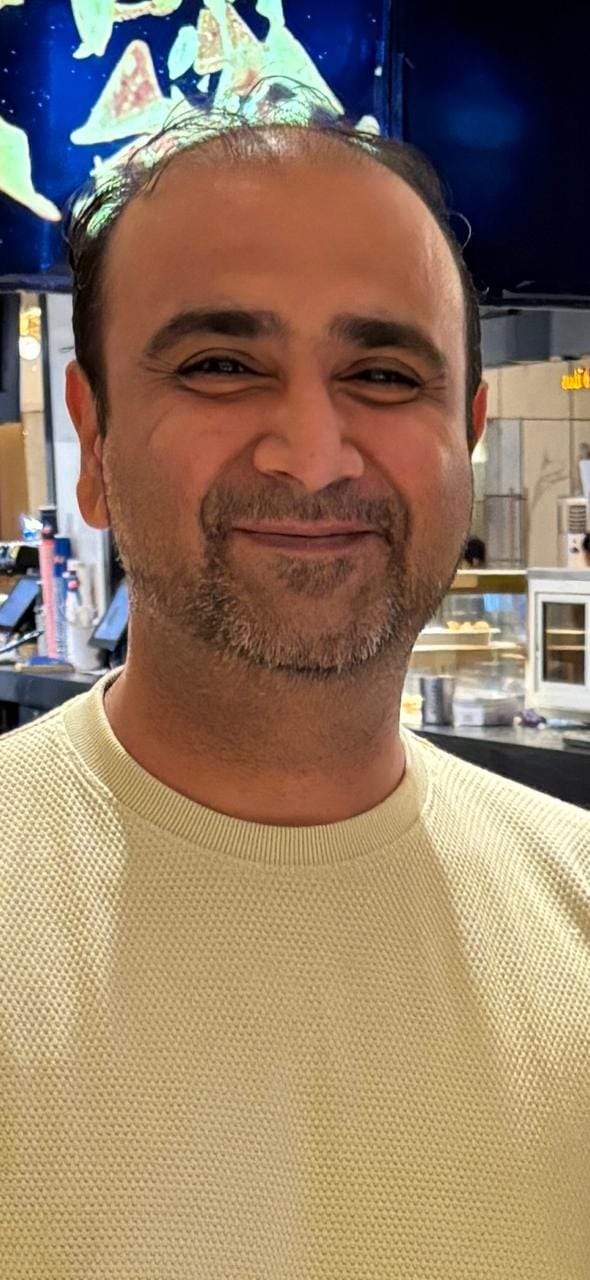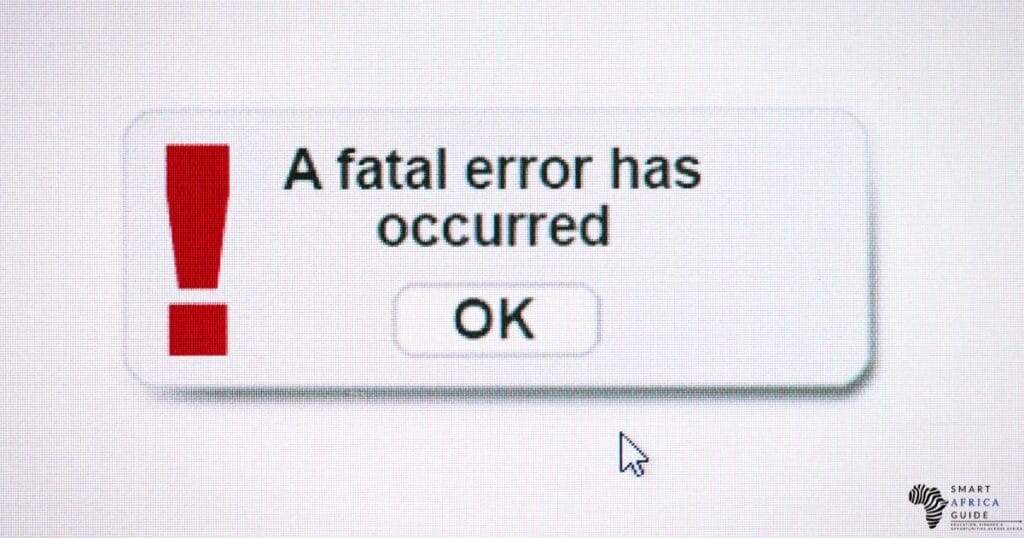So, in mining, you will often see this tall, kind of tower-like thing above the shaft. That is what we call a head frame. At first, it looks like it is just standing there. But it is actually doing a lot. Many students often ask, What is the Function of a Head Frame in mining, and the simplest answer is that it supports the system that lifts people and materials safely. It holds pulleys and cables that pull things like miners and materials up and down. It is part of the whole lifting setup.
Anyway, yeah, what is the function of a head frame, really? Let us try to understand how this thing works and why it matters.
Table of Contents
What Is the Main Function of a Head Frame?

In simple terms, the head frame holds everything that helps lift stuff out of a mine. When you think about what is the function of a head frame, imagine it as the backbone of the mine’s hoisting system, keeping everything aligned and steady during lifting. You have got big cables, pulleys, and something called sheave wheels; all of that needs support. That is what the head frame does. It keeps those parts up high and steady.
When miners send a cage down or pull it up, the head frame helps guide it so it doesn’t swing or bump around. That is important because things can get damaged if the load moves sideways. Also, it lines up the cable with the winch drum so the pulling stays smooth. You could say it keeps the tension under control.
And yes, it holds the weight, sometimes several tonnes, without breaking. In places like South Africa, gold mines use head frames to lift containers of ore over and over again, every few minutes. That is a lot of stress, and the frame has to stay strong the whole time.
For more detailed information, you can also check out our article on what does a head frame do.
How Does the Head Frame Work?
At the surface of the mine, there is a room called the winding house. Inside that, there is a big drum called a winch. A strong cable is wrapped around it. That cable goes upward, over the pulleys placed right on top of the head frame, then runs straight down into the shaft.
At the bottom of the cable, there is a cage. That is what carries people, rocks, or equipment. As the winch turns, the cable pulls along with it. That’s what makes the cage rise. And when the winch goes the other way, the cage drops down again. To truly understand what is the function of a head frame, you need to see how it works with pulleys, winches, and cables to move loads smoothly between deep levels.
The height of the head frame keeps the cable straight. That shape helps things move smoothly, without jerking. If the angle was wrong or the frame too short, the cable might rub or swing.
Earlier, many mines used timber to build head frames. But over time, wood wore out fast. It used to be bent, cracked, and did not hold up well under heavy weight. Now steel is used instead. It is stronger, lasts longer, and handles stress better.
What Are the Supporting Parts of a Head Frame?
If you look at a head frame closely, it is not just one big thing. It is made of a few parts that all do something.
Sheave wheels
These are those round wheels right at the top. The cable runs over them as it moves. Up or down, they guide the whole line.
Main frame or legs
Those are the strong side parts. They hold up the weight. Like, all of it. The cage, the wheels, everything presses down through these legs.
Cross-bracing
The frame has these criss-cross bars in between. They stop it from shaking or bending. Without them, it would wobble when lifting.
Hoisting cables
The cable itself is thick and strong. It pulls the cage up and lets it down. It’s basically what does the lifting.
Head sheaves platform
That is the flat bit at the top where the wheels sit. It keeps everything in place.
All these things work together. That is really what the function of a head frame is about. Holding it all, moving things, and keeping it steady.
Why the Head Frame Must Be Strong and Stable

Now, lifting a cage full of rock or equipment isn’t light work. The load keeps changing, and when it moves, the pressure shifts too. That is what engineers call a dynamic load. So, the frame can’t just hold; it has to move with the weight and still stay firm.
Wind can push against it from the side. Vibration from the winch or the cage adds extra stress. Plus, there’s the constant pull from the hoisting cables. All of that creates tension. If the frame wasn’t strong or balanced, it could twist or break.
Engineers consider load, vibration, and material strength when explaining what Is the function of a head frame, since safety depends on how well it can handle pressure.
That is why the design includes safety margins. Especially in deep shafts, where the weight is heavier, engineers make sure the structure can handle more than just the average load.
Here is an example. At the Giant Mine in Canada, modern steel head frames are built to lift over 20 tonnes at once. That is not something you can do with weak materials. It shows why steel matters, and why the shape and build of the frame must be right.
All of this helps explain the function of a head frame. It is not just about lifting. It is about doing it safely, over and over again, without failure.
Educational View – Function of a Head Frame (Grade 8 Explanation)
Think of mining the way we learn about pulleys in school. The head frame works the same way. It stands high above the shaft so the rope can run straight up and down. That makes it easier to pull heavy things like people, tools, or rocks from underground. The taller it is, the smoother the lift.
Many Grade 8 students make small projects to show this idea. They build a model head frame from cardboard or wire and watch how the pulley lifts the load. It is a simple way to see how height, balance, and direction all help the lifting system work.
Why Understanding the Function Matters

Knowing how a head frame works makes the idea of physics feel real. What students study in class, forces, balance, and motion, can be seen in the way this tall frame lifts and holds a weight. Geometry, strength of materials, and design all come together in one structure.
It also builds awareness about safety. Engineers think about how every part must stay steady under pressure. That lesson matters both in mining and in everyday life, where planning and design keep people safe.
Learning about the function of a head frame encourages curiosity in science and engineering. It shows that classroom ideas can shape real machines.
You can also learn from our other guide about why the legs of a head frame are sloped toward the winch.
By now, what Is the function of a head Frame should feel clearer—it is not just a metal tower but a carefully designed structure that brings science and safety together.
To explore more mining and engineering topics like this, visit the Technology section of our site.
Conclusion
Learning what is the function of a head frame helps connect science lessons to real engineering work. It turns classroom ideas about pulleys and balance into something visible and practical.
When students see how this tall frame supports heavy loads safely, they understand how design and material strength matter in the real world.
Knowing this also builds curiosity. It encourages young learners to look deeper into mining, mechanics, and other STEM fields where simple physics turns into big structures that keep people and machines working safely.
FAQs
What is the function of a head frame?
So, the head frame, that is the tall thing you will see above a mine. It is not just for show. It actually holds the pulleys and cables that help move stuff. Think people, rocks, tools, up and down the mine shaft. Without it, there’s no way to lift things safely. The whole cable system runs through the top part of it. That is really the main thing it does: hold everything up and keep it steady.
Briefly discuss the function of a head frame.
A head frame is a key part of mining equipment. It stands above the mine shaft. Also, it helps lift materials, miners, or equipment up and down with the help of strong cables. These cables pass through a large wheel known as a sheave wheel. It is located at the top of the head frame. The structure keeps everything balanced and allows the hoist system to work safely. Without the head frame, moving anything in or out of the deep mine would be much tougher and slower.
What is the job of a head frame deep down where mining happens?
Picture this – way underground, there is a heavy lift called a cage. It moves people and minerals up and down the mine. The head frame stands tall above the shaft and supports big pulleys.
Steel ropes loop through these pulleys and connect to a winch, which does the lifting. Without this setup, the whole system would not run straight or safe. It is basically the backbone of how things move in and out of deep mines.
What is the function of a head frame for Grade 8 students?
Think of it like a big school project where a pulley helps lift a small bucket. Now imagine that on a larger scale. The head frame in real mines holds up pulleys so strong ropes can lift people, rocks, and tools up and down.
The tall frame makes sure everything moves straight without getting stuck. It is like turning a science lesson into something that actually works deep underground.
Why must the head frame be strong?
A head frame needs to stay firm because it holds up a lot of weight every time miners go down or come up. On top of the cage and cables, it deals with force and movement. If it shakes or bends, things can go wrong fast.
That is why engineers use strong metals and careful planning to build it. In deep mines, especially, safety depends on how well the frame stands against pressure and daily strain.
What are the two parts of lift that go down a mine called?
The two parts of a mine lift are the cage and the skip. The cage carries miners and tools, while the skip transports ore or waste. Both move on winding ropes in opposite directions inside the mine shaft.

Tarun Asrani is the founder and editor-in-chief of SmartAfricaGuide. With extensive experience in digital publishing and content strategy, he leads the platform’s focus on finance, scholarships, e-learning, and career opportunities shaping Africa today. Tarun visits Africa twice a year, gaining first-hand exposure to local education systems, job markets, and emerging technologies. He also closely follows African news, university updates, and government initiatives to ensure SmartAfricaGuide delivers timely, accurate, and practical insights grounded in real regional experience.




Pingback: What Happens in the Winding House of a Mine?